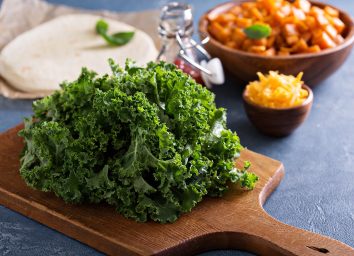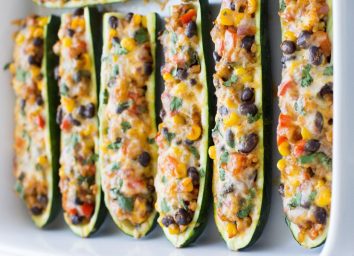30 Foods That Shouldn’t Be Eaten Raw
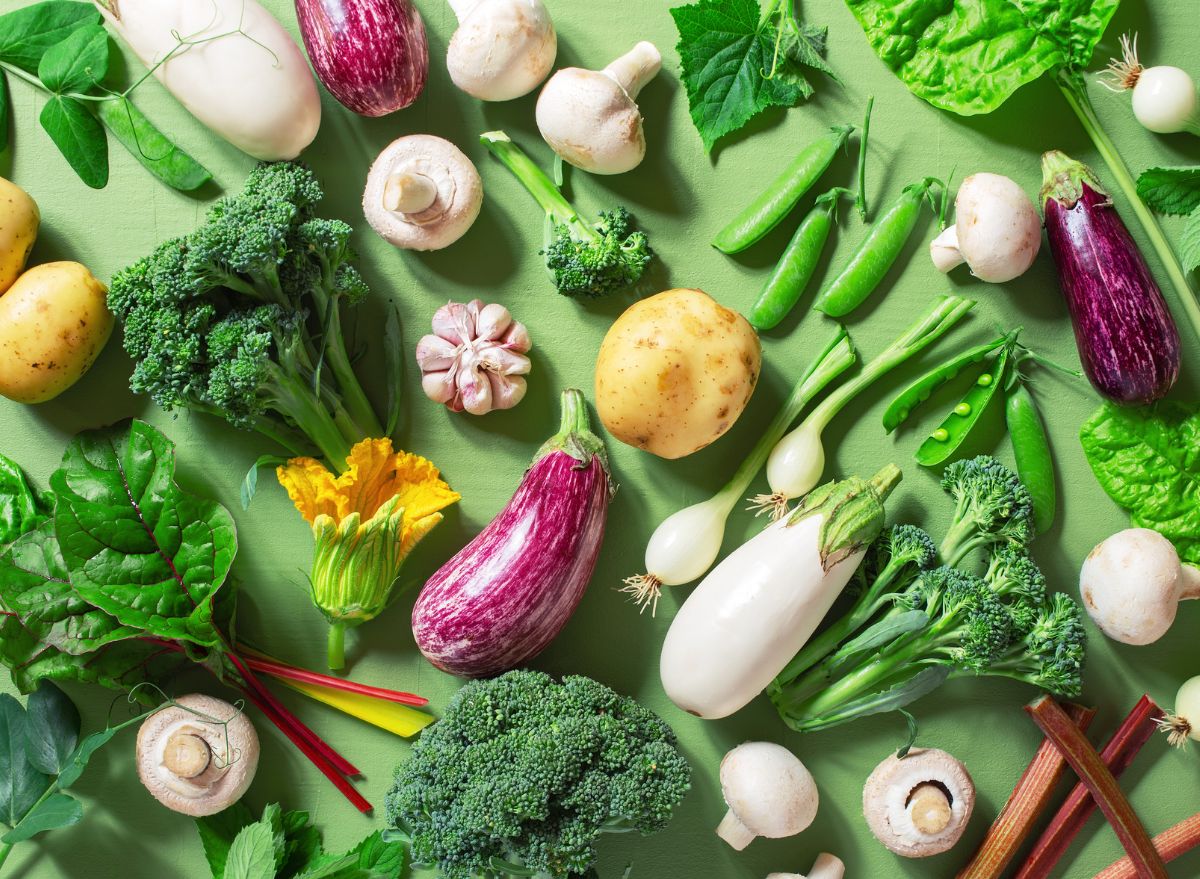
The potential dangers of eating cookie dough before it goes into the oven, as tempting as it is, are pretty well known. But did you know that there are actually foods that can be poisonous if eaten raw? Kidney beans and elderberries, for example, are perfectly fine—if not great—for you when cooked, but can be very harmful if consumed raw. And then there are also cruciferous vegetables that are much easier to digest, have more health benefits, and taste better if you eat them cooked. Here are 30 foods that are best consumed cooked instead of eaten raw. Also, check out The #1 Best Juice to Drink Every Day, Says Science.
Potatoes
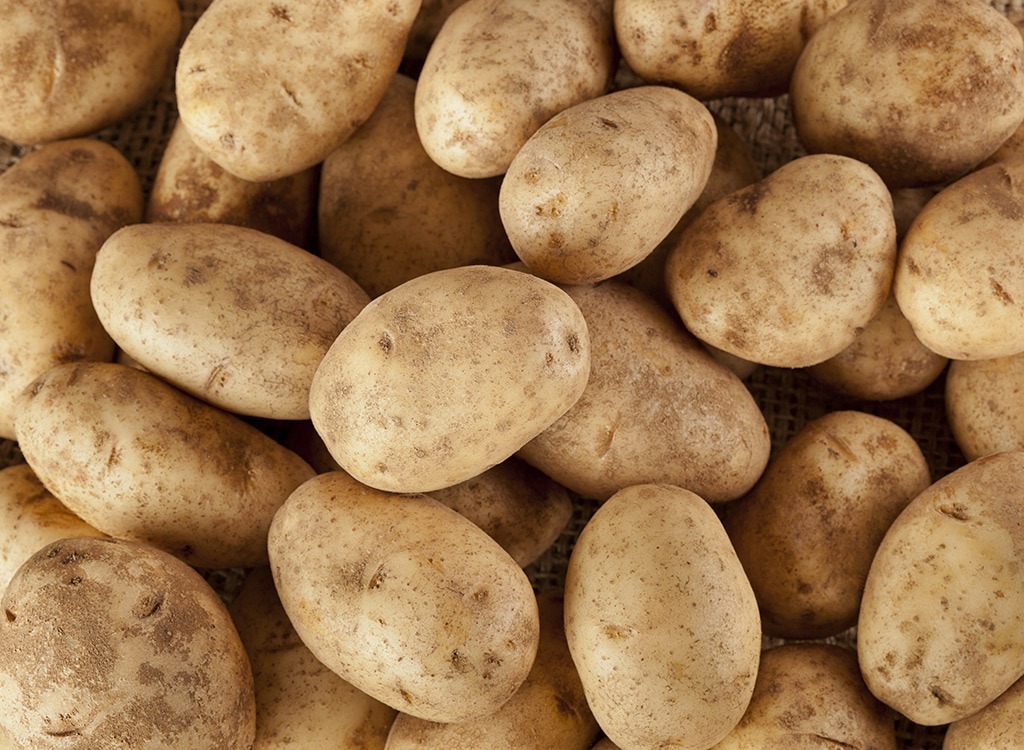
Spuds are one of our favorite and most versatile foods: They can be fried, roasted, mashed, or twice-baked, but they shouldn’t be eaten raw. Uncooked and green potatoes, which should never be eaten, can contain toxic compounds called glycoalkaloids that can aggravate the digestive system. Not to mention, the taste and texture wouldn’t be so appetizing either.
Rhubarb Leaves
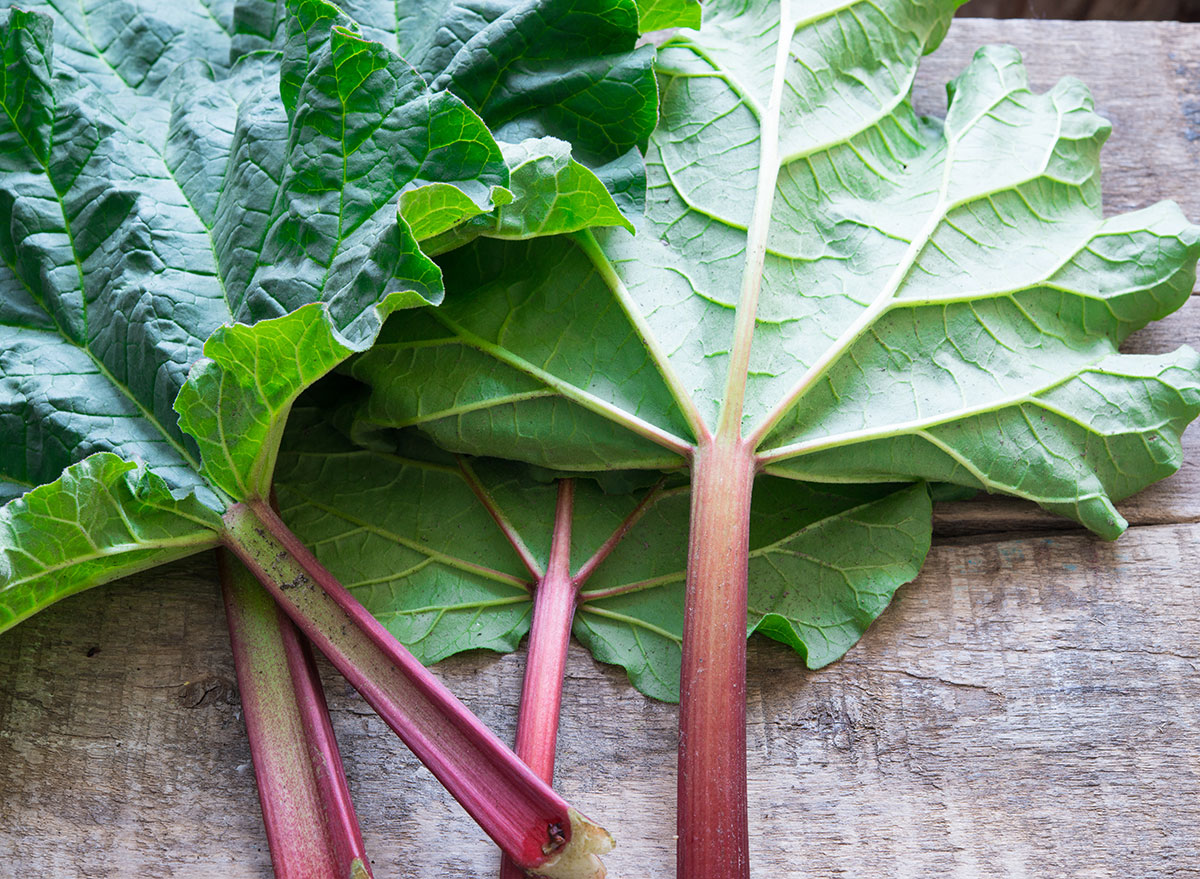
The stalks of the rhubarb plant are edible, but the leaves can actually be poisonous and may lead to difficulty breathing, burning of the mouth and throat, and even seizures, according to New York City’s Mount Sinai Hospital. Most of the time, rhubarb is sold without the leaves, but be sure to remove them if you grow it yourself.
Lima Beans
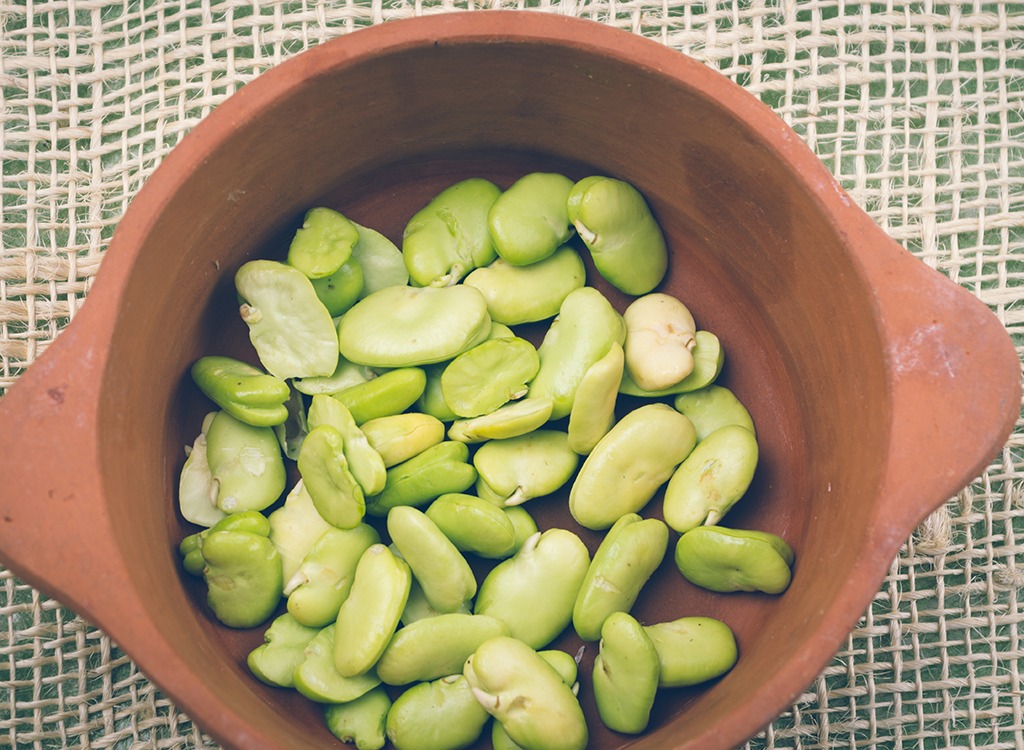
You may have grown up being forced to eat these legumes, but you should never have one raw. Lima beans have a compound called linamarin, which breaks down into cyanide. Luckily, cooking the beans for just 10 to 20 minutes makes them completely harmless to eat.
Red Kidney Beans
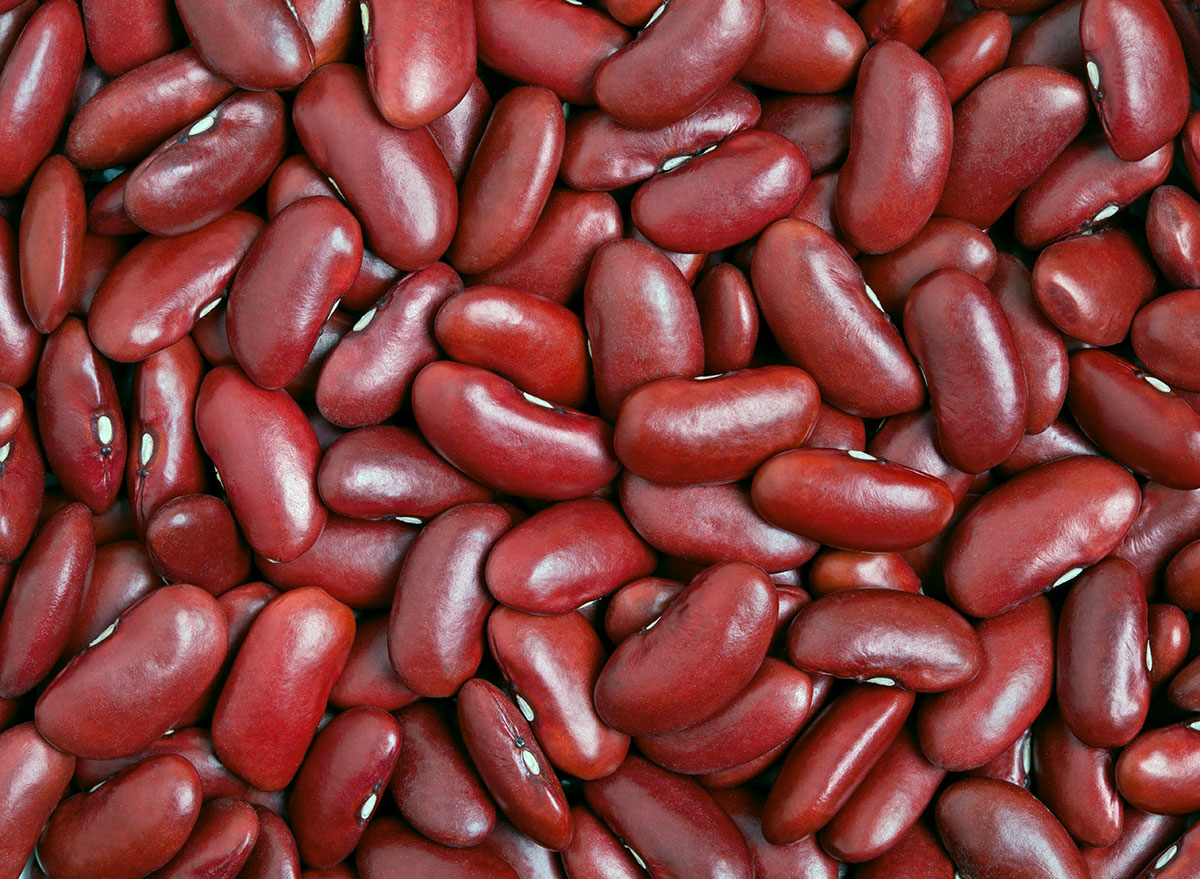
Another type of bean that should never be eaten raw is the red kidney bean, even more so than the white kidney bean. Just four or five of them can contain high levels of the toxin lectin, which can cause severe foodborne illness. They should be cooked for a solid half-hour, and the water should be fully drained afterward to ensure all the lectin is able to escape.
Wild Mushrooms
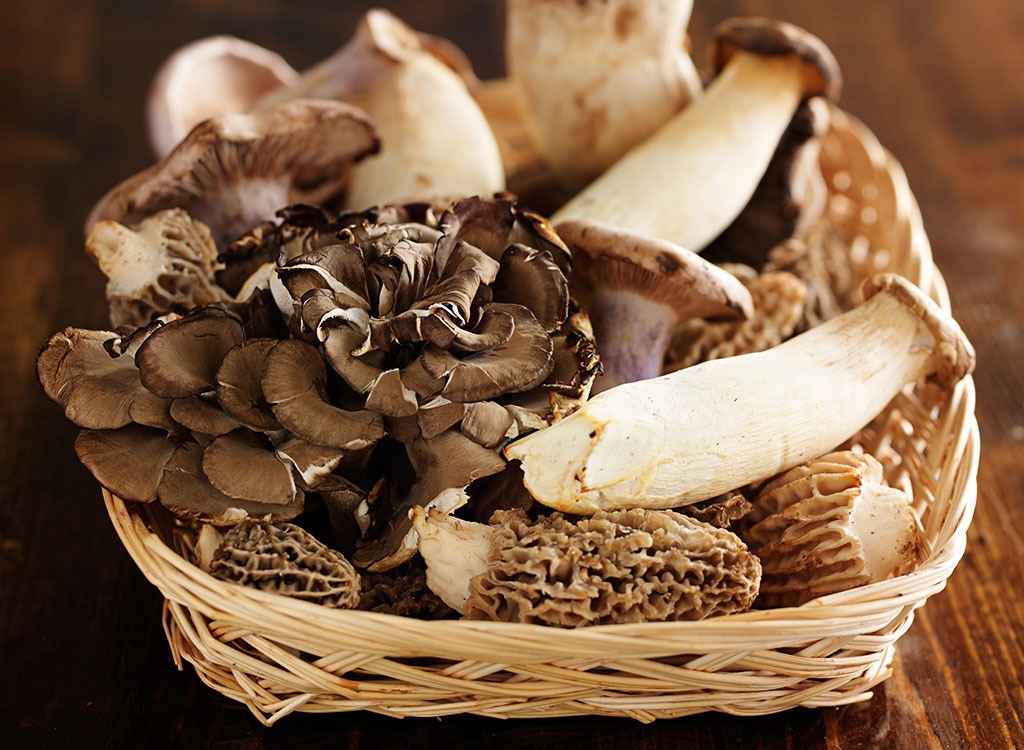
“It is never safe to eat wild mushrooms, raw or cooked, without a trained expert,” says Alexandra Oppenheimer Delvito, M.S., R.D., C.D.N., a New York-based registered dietitian. Most mushroom varieties that you’d find in a supermarket are safe to eat raw, Delvito says, but their flavor is definitely enhanced by throwing them in a pan with some spices.
Eggs

It’s probably no surprise to you that eggs shouldn’t be eaten raw because of potential contamination from Salmonella bacteria. “In order to ensure any existing bacteria is killed, the egg needs to be cooked to a safe temperature, which is 145°F. If eggs are mixed with other ingredients, they should be cooked to 160°F,” Delvito says. She suggests using pasteurized eggs or egg products if a recipe calls for raw egg.
Beef, Pork, and Chicken
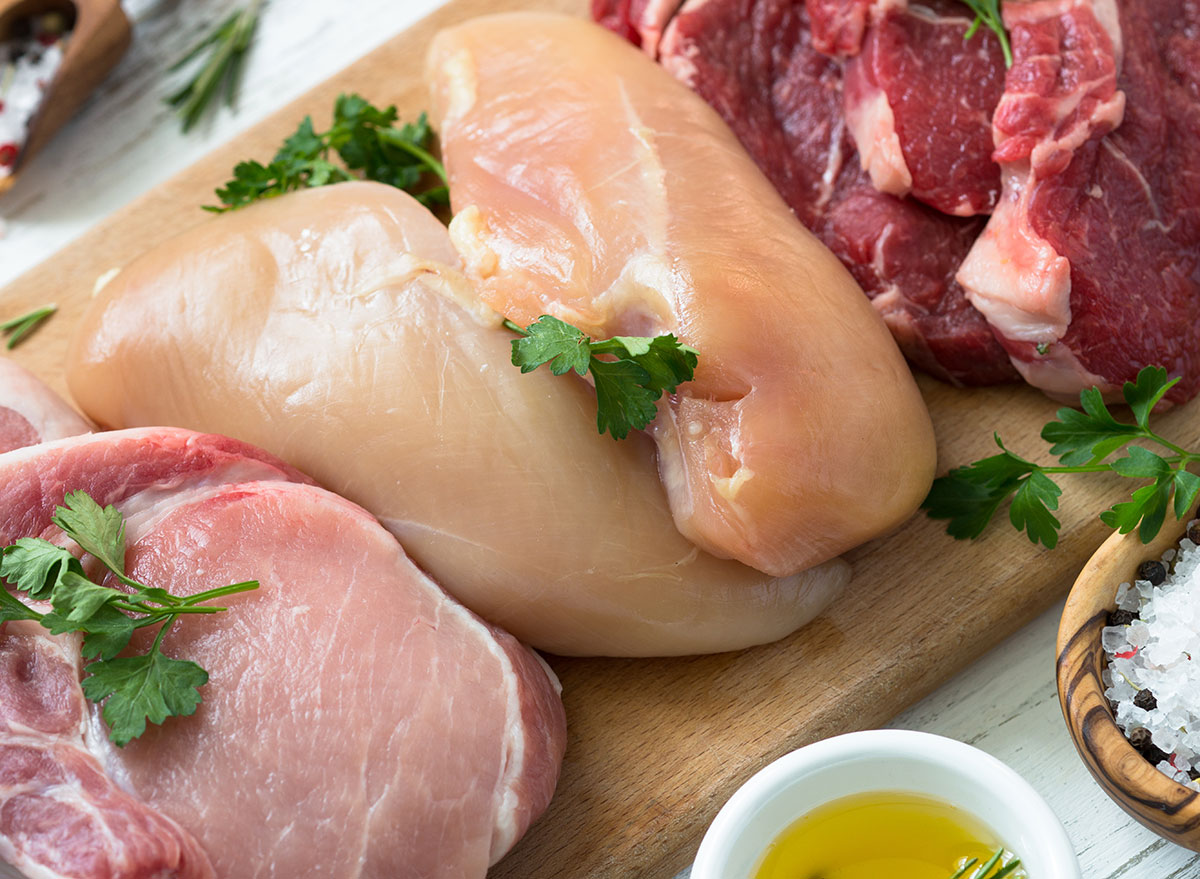
You should always pay attention to the footnotes on restaurant menus warning you against eating raw or undercooked meat and poultry, Delvito says. “Meats should be cooked to a safe minimum internal temperature. For ground meats, that’s 160°F. For beef or lamb steaks, roasts or chops, that’s 145°F and then allowing it to rest for three minutes. And for pork, that’s 145°F and then allowing it to rest for three minutes. Turkey and chicken should reach an internal temperature of 165°F,” Delvito says. “Below these temperatures, you are taking a risk.”
Cassava
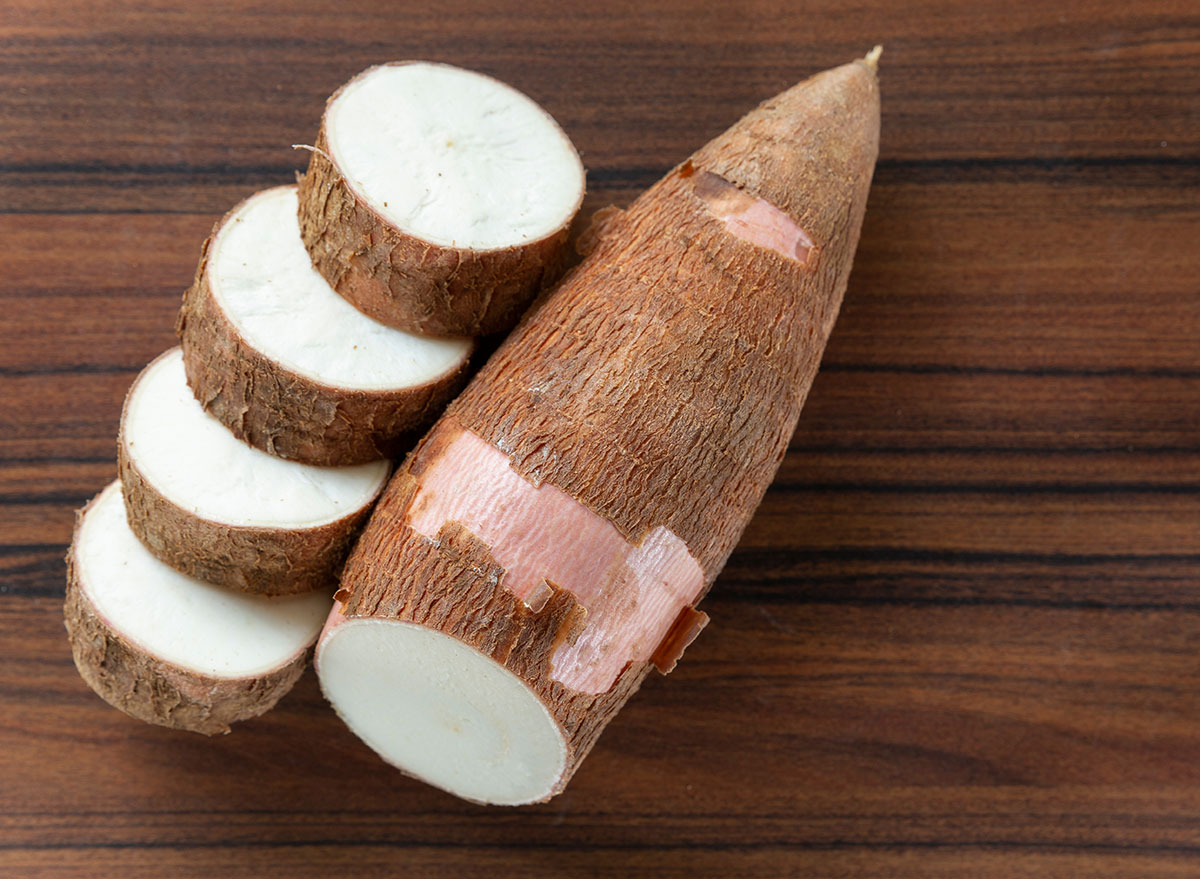
Cassava is a staple in many South American and African dishes. But, like lima beans, the raw root and its leaves contain a derivative of cyanide and should be baked or roasted for optimum taste and safety.
Elderberries
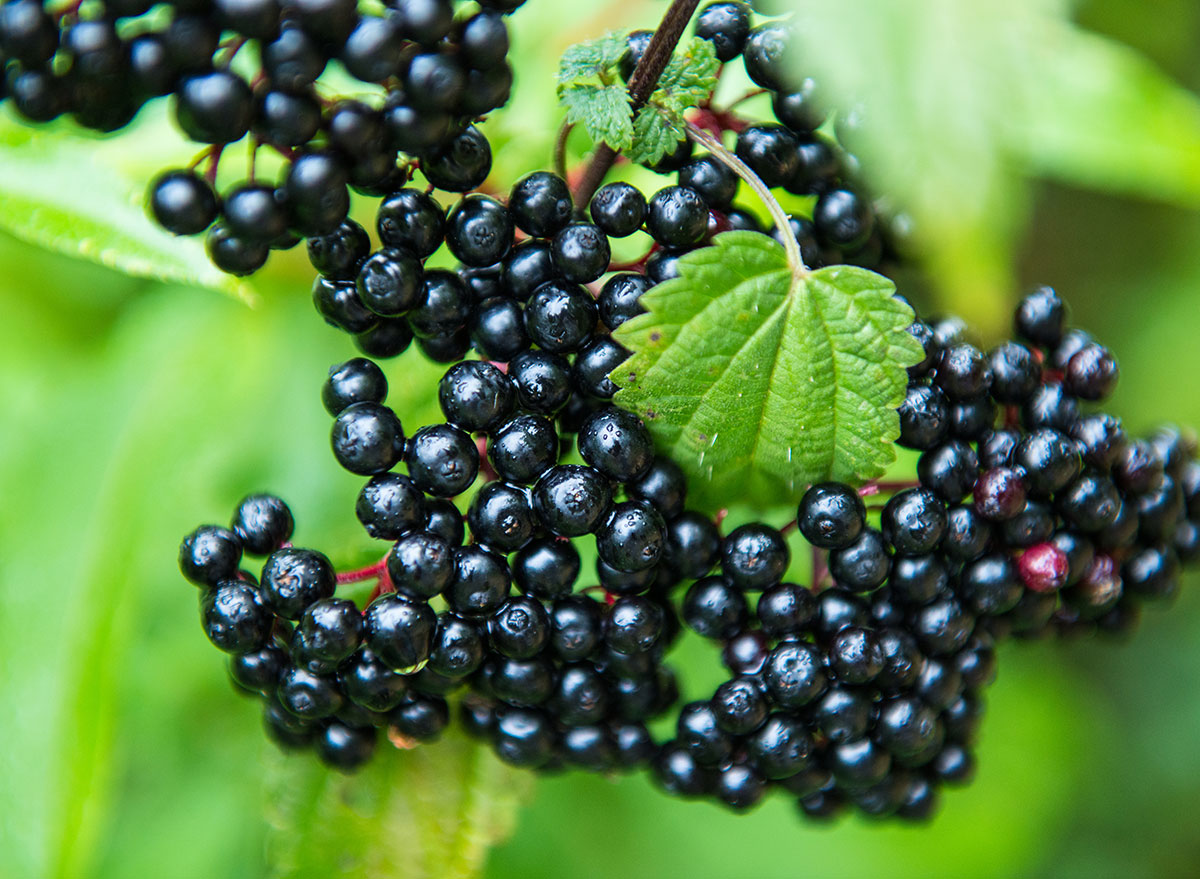
While the berries have a reputation for fighting off colds and the flu, and even calming acne and irritated skin, their raw form can be poisonous. It’s best to thoroughly boil them before adding them to your favorite syrup or elixir, according to the National Center for Complementary and Integrative Health.
Eggplant

Eggplant, before it’s cooked, has the same glycoalkaloid compound as raw potatoes do, solanine, which isn’t lethal, but it’s still not ideal to eat raw. Plus, a study from Food Chemistry showed that eggplant can have further antioxidant benefits when sautéed in olive oil, so it’s a win-win.
Pufferfish

Pufferfish is never to be eaten raw—and it’s even a risk to eat when cooked. “The pufferfish makes a toxic compound called tetrodotoxin, which is not necessarily destroyed by heat. So the parts of the fish that contain the toxin must be carefully and thoroughly removed, making sure that none of the rest of the fish is contaminated with the toxin,” says Jennifer Dennis-Wall, PhD, lead scientific writer at Biorasi, a contract research organization. Plus, unlike in Japan, there is no training and certification process for American chefs to cook this potentially deadly fish, according to the FDA, so it’s even riskier to consume stateside.
Sprouts
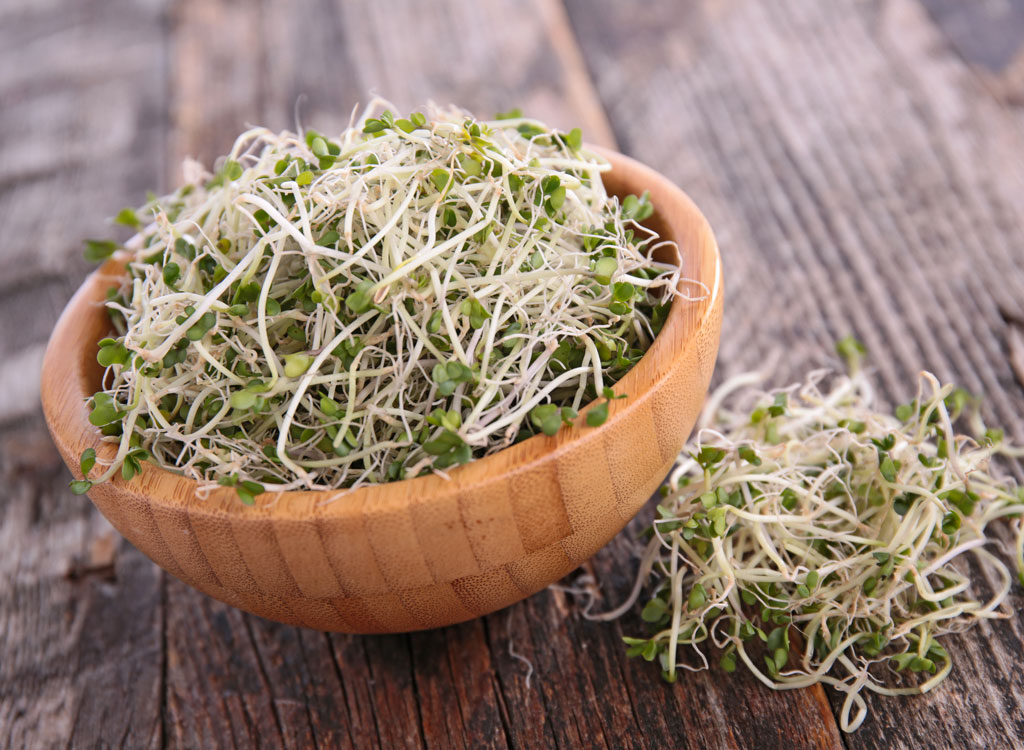
Raw sprouts like mung bean and alfalfa can be unsafe because pathogenic bacteria can get into the seeds, even before they grow. This can be dangerous to pregnant women and those with compromised immune systems, according to the FDA.
Bitter Almonds
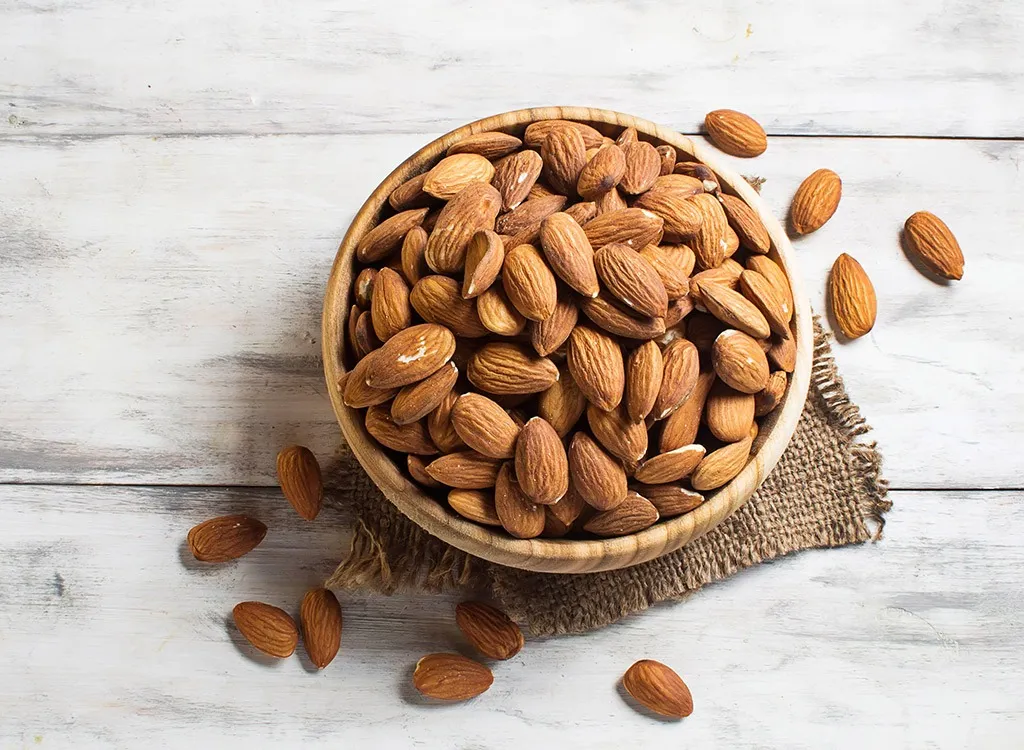
Bitter almonds grow as a cyanogenic plant, meaning it contains cyanide. The almonds are fine once they’re cooked or roasted, but they are not safe to eat raw. The raw form of the bitter variety is actually illegal in the U.S., but it’s more prevalent in certain parts of Europe.
Milk
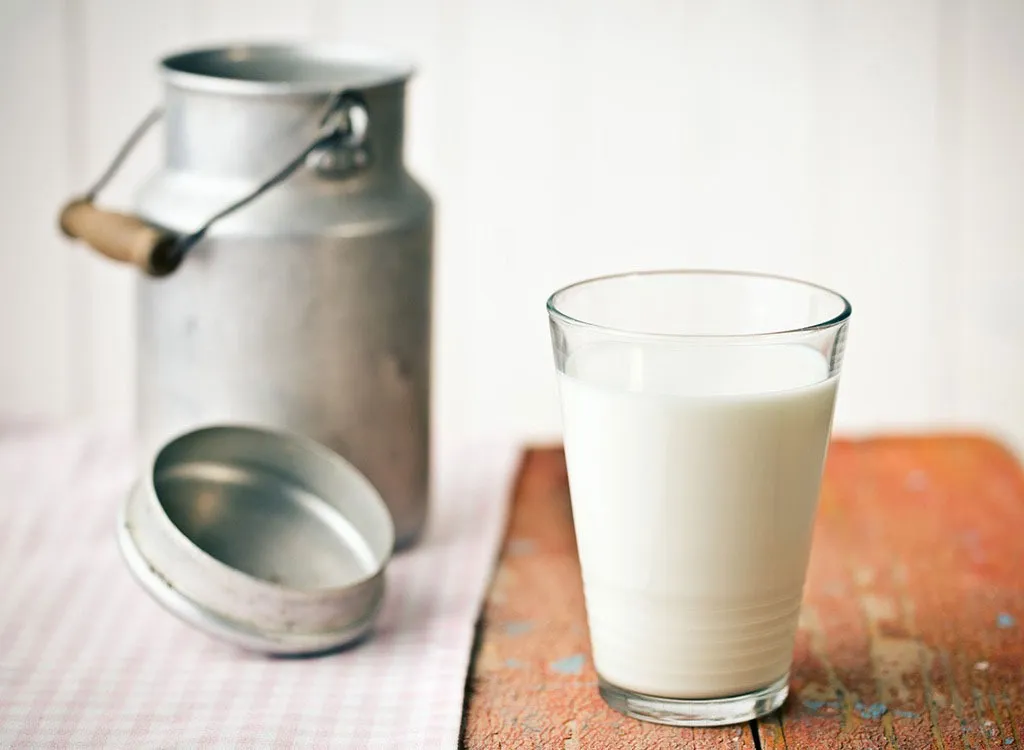
It’s important for milk and milk products to go through processing before they can be ingested. “Dairy products are pasteurized to kill off pathogens, and this process is very important in preventing some serious foodborne illnesses that cause infections,” Dennis-Wall says.
Honey
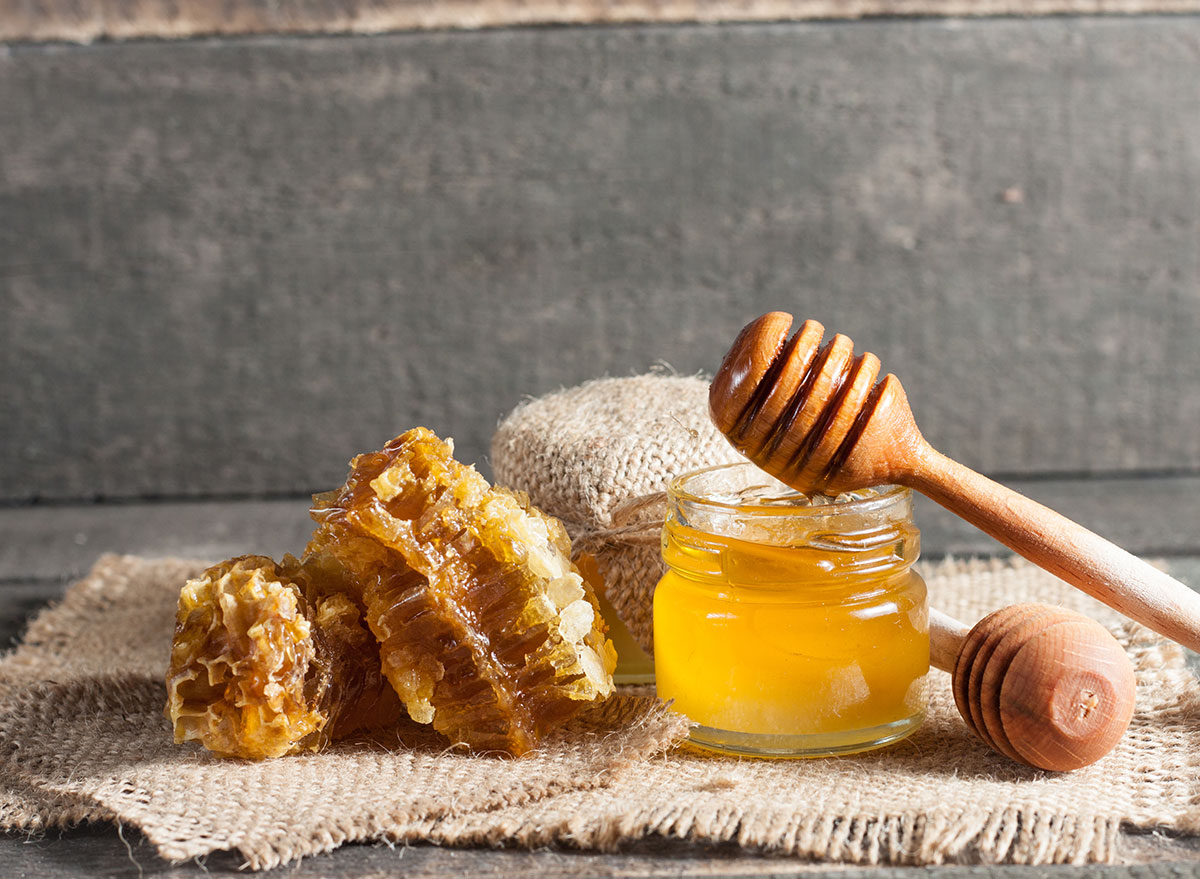
Honey should go through similar processes as milk to make sure it’s safe to eat. Honey is pasteurized because in its raw form, it can contain spores of a toxin called Clostridium botulinum, which can also do harm to pregnant women and children under the age of one.
Flour
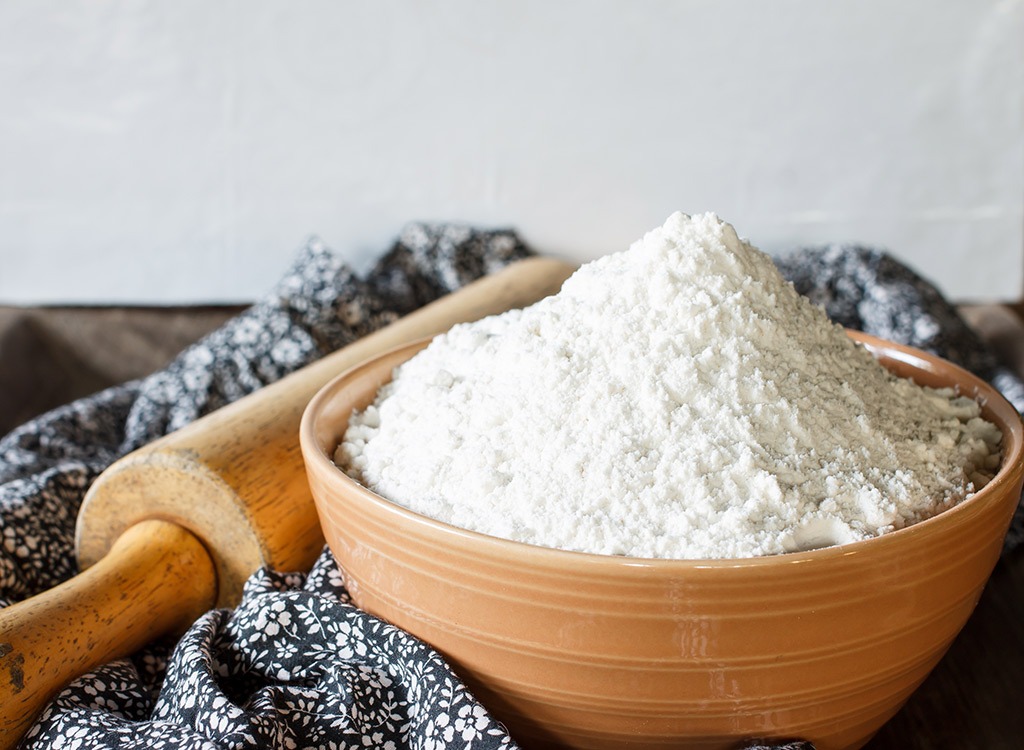
In addition to the raw eggs in baking, raw flour can also make you sick, so eating that cookie dough is a double risk. Due to a 2016 E. coli outbreak, which was suspected to be from raw flour, the CDC advises that all foods that might contain uncooked flour be avoided. “Raw flour also has a higher amount of compounds called phytates or phytic acid. Phytates bind to some minerals—such as iron, zinc, and calcium—preventing them from being absorbed,” says Dennis-Wall. But if you cook the food that has the raw flour in it, you should be in the clear. “Some of the phytates may be destroyed to a degree by fermenting, which occurs when there is yeast in the bread and it is left to rise, or by soaking before cooking,” she says.
Green Beans

Raw green beans aren’t necessarily poisonous, as they were once thought to be, but when uncooked, they can have higher levels of the protein lectin, which is found in many beans and may cause digestive problems. Blanching green beans lowers the lectin levels significantly and is the safest way to eat them.
Rice
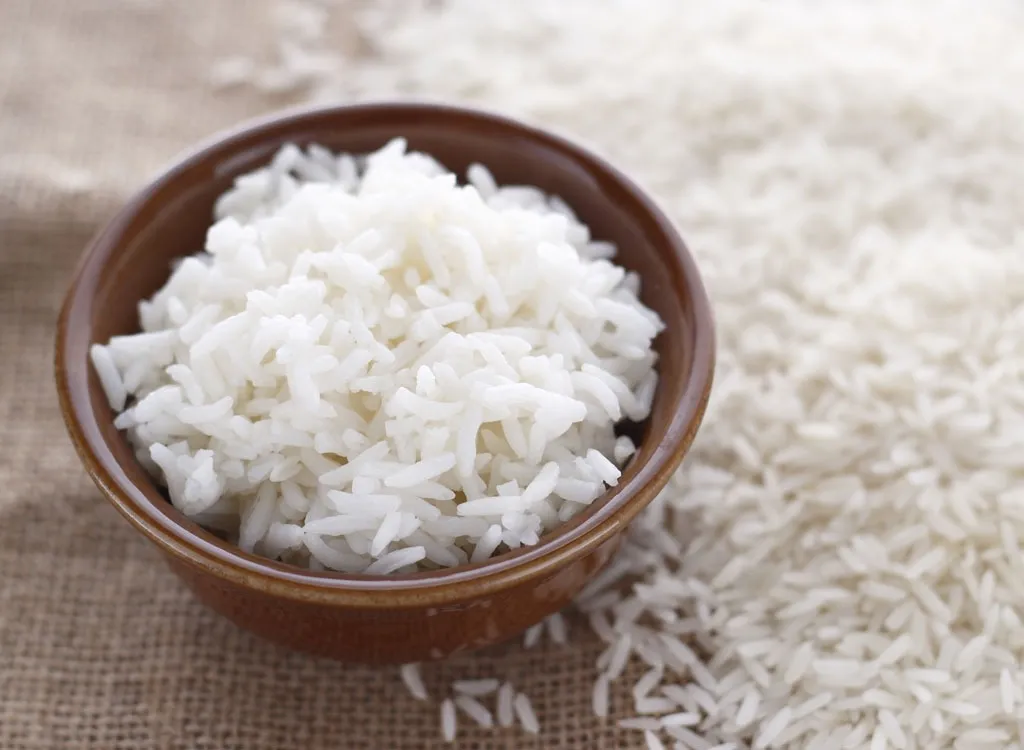
Uncooked rice, if you’d even be able to chew it, would not be at all safe to ingest. According to a study in the International Journal of Food Microbiology, it can contain a disease-causing bacteria. It’s usually not present in cooked rice, but can begin to form if rice is left out or not refrigerated properly after cooking, so it’s important to be safe when prepping it.
Broccoli

Broccoli is one veggie that there’s a nutritional benefit to cooking: If cooked properly, it can increase cancer-fighting compounds called glucosinolates, says Allison Knott, M.S., R.D.N., C.S.S.D., a New York City-based dietitian. “One study looked at the effect of steaming broccoli versus frying or boiling and found that steaming preserved or increased the glucosinolates, whereas frying and boiling caused the compounds to degrade significantly,” Knott says. And it may also be much easier for your digestive system to process broccoli if it’s cooked rather than consumed raw.
Cauliflower
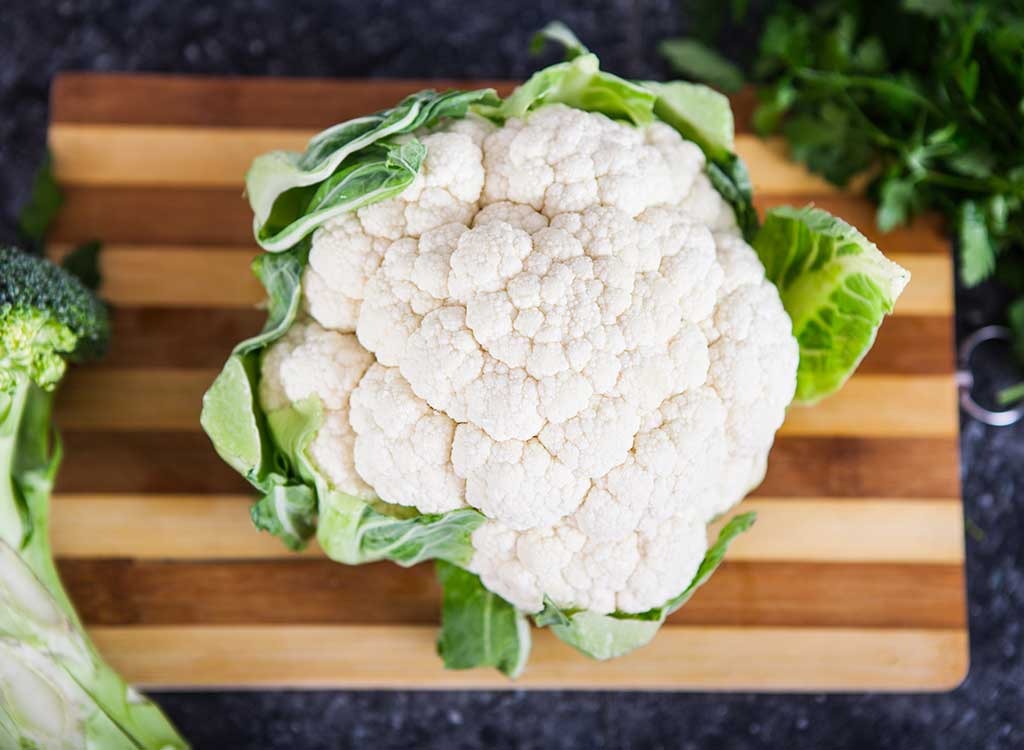
This sister veggie of broccoli may also be tricky to tolerate and digest raw. Roasting or grilling it can be easier on your stomach and can bring out a delicious flavor in cauliflower. One study from the Institute of Food Technologists also found that the cauliflower lost the least minerals and essential nutrients by grilling it or baking it in the oven, as opposed to boiling.
Asparagus

Asparagus is one of those veggies that most likely tastes better seasoned and cooked properly, but it’s actually healthier, too. Research from the Institute of Food Technologists has found that cooking green asparagus increases its antioxidant content as compared to consuming the raw stalks.
Brussels Sprouts
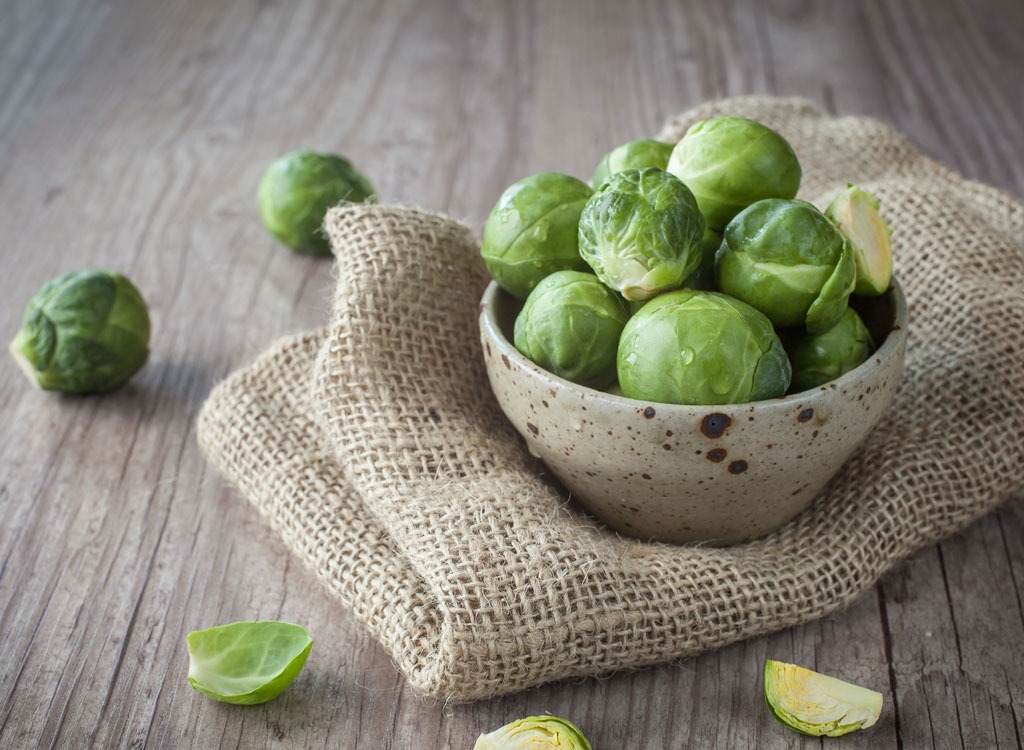
Brussels sprouts are certainly tastier and tend to lose some of their bitterness when cooked; not to mention, they might cause less bloating and gas than they could if consumed raw. Cooking the sprouts releases a cancer-fighting compound called isothiocyanates, which may help inhibit the growth of tumors, according to Harvard University’s School of Public Health.
Kale
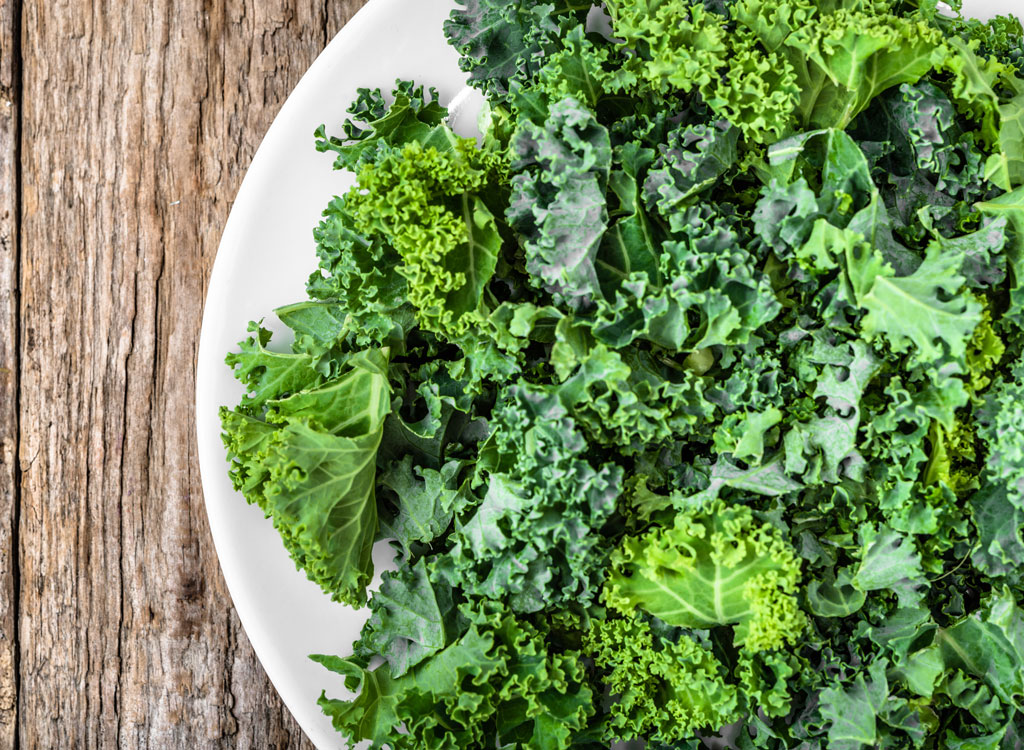
Of course, a kale salad is a perfectly hearty meal or side dish, but when it comes to digestion, you might suffer. Cooking kale can help soften the fibers and aid digestion. Plus, cooked kale is better for those with thyroid disease, since its raw form can inhibit the uptake of iodine by the thyroid gland, according to Oregon State University’s Linus Pauling Institute.
Cabbage
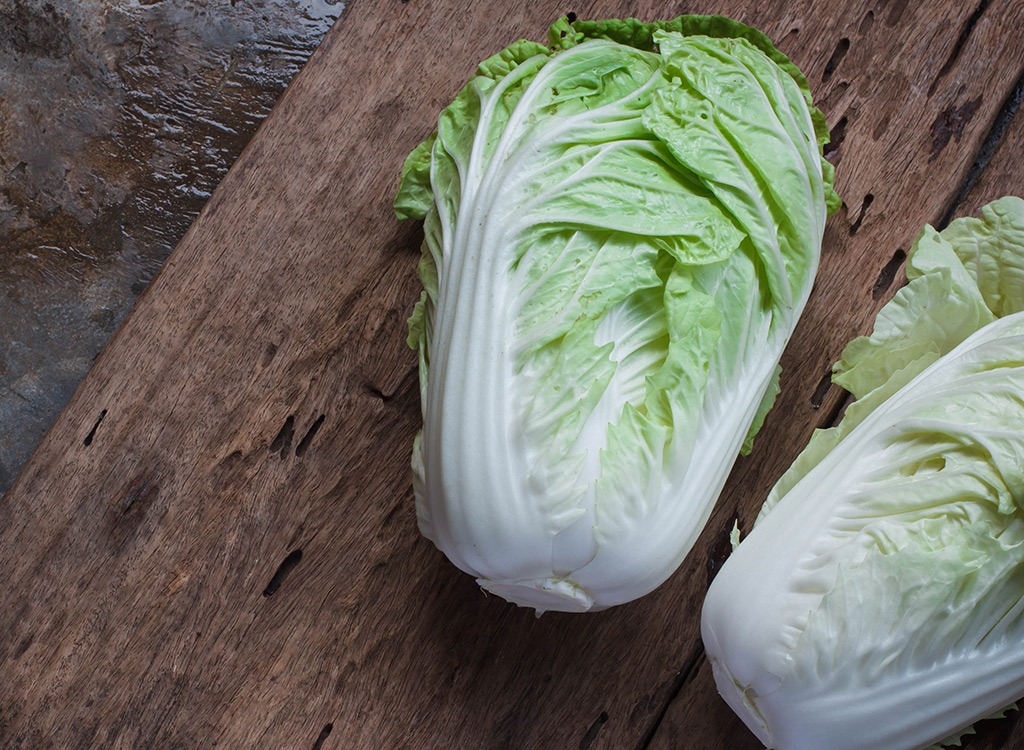
Cabbage, like kale, is a member of the cruciferous family. Not only is it difficult to digest raw for some, but cooking it also brings out the vitamin C, vitamin K, magnesium, and folate content even further, according to Megan Ware, R.D.N., L.D.
Apples
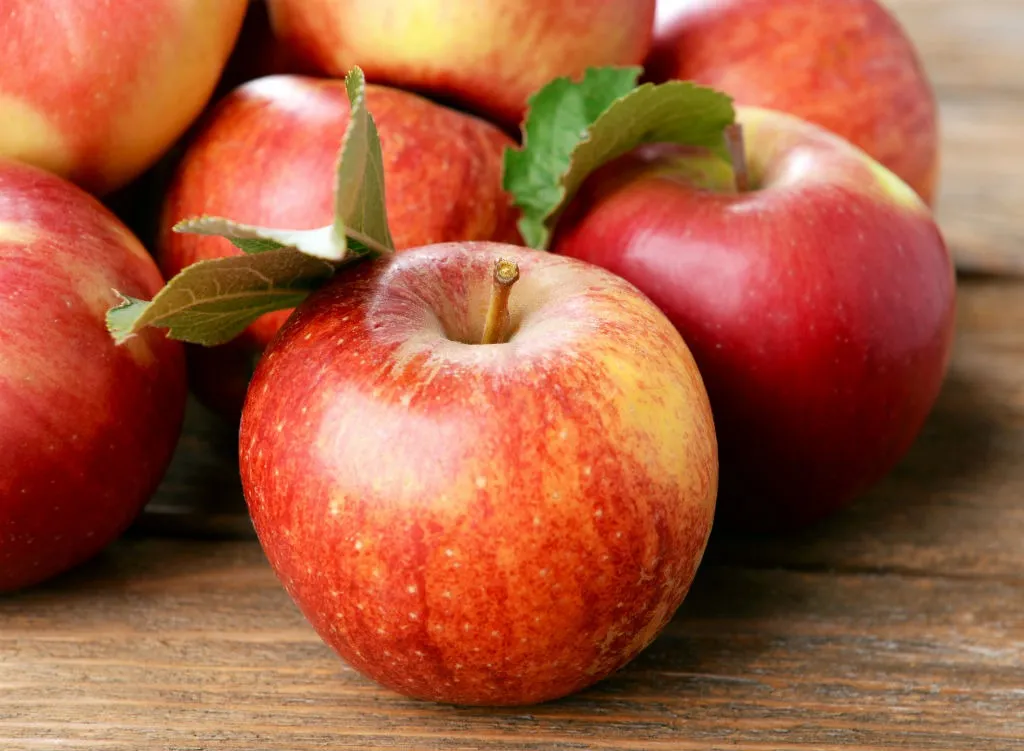
It’s been said for decades that one of these a day will keep the doctor away. It’s high in both antioxidants and fiber, which can be both a blessing and a curse. Some people are bothered by foods with too much fiber, which can cause gastrointestinal issues. Apples also have high fructose content. Fructose is a FODMAP, a compound that certain people might need to reduce in their diet to eliminate bloating, IBS, or other digestive problems. Peeling and cooking apples, as in apple sauce or baked apples, might make them easier to digest.
Olives
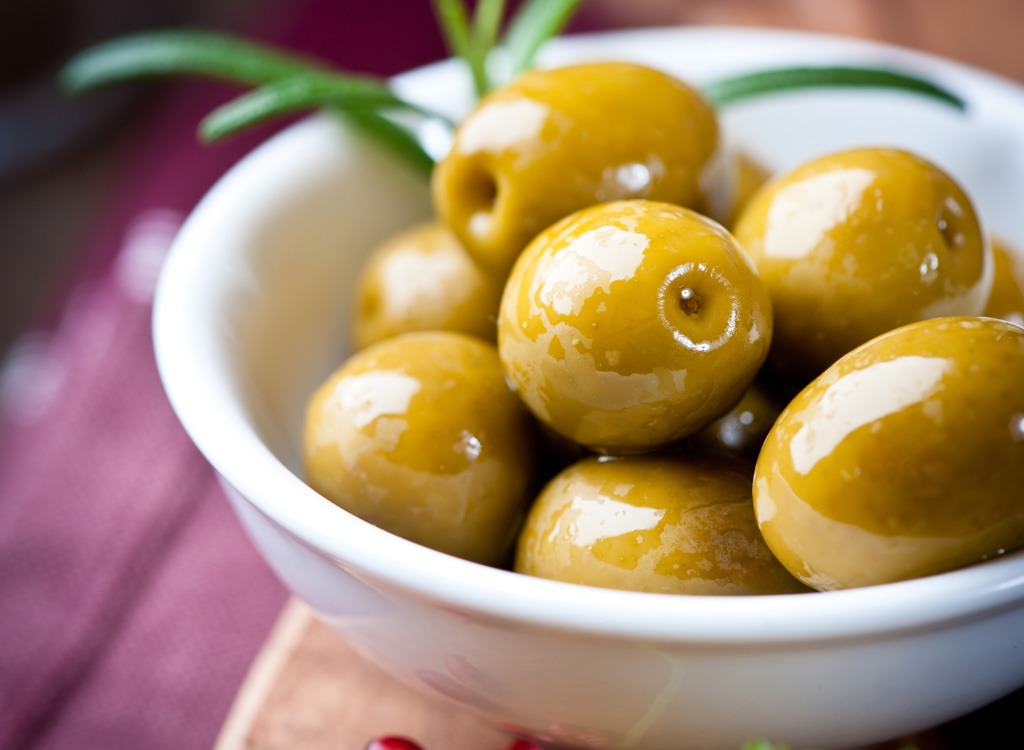
It’s more of a taste and sanitary preference to avoid eating olives right off the tree. “Olives need to be cured, as otherwise they are extremely bitter and not enjoyable to eat,” says Mike Roussell, PhD.
Spinach

Raw or cooked, spinach boasts a ton of nutrients. But when steamed, you may be able to both digest it better and absorb its iron and calcium more easily, according to Consumer Reports. The oxalic acid in spinach, which usually prohibits the absorption of iron and calcium, diminishes with heat, so cooking it ultimately helps the body boost its nutrient levels.
Zucchini

Research published in the Journal of Agriculture and Food Chemistry found that boiling zucchini, as compared to frying or steaming, can increase its nutrient factor. But be sure to leave the skin intact, since it’s where the zucchini’s nutrients are most plentiful.
Tomatoes

Tomatoes are delicious fresh, cooked, baked, or roasted. But putting them in heat releases a nutrient called lycopene, an antioxidant that may improve heart health and reduce the risk for certain types of cancer. “Cooking helps break down the cell walls and this liberates nutrients like lycopene. Cooking foods generally makes them easier to digest for this same reason: breaking down the cell walls,” Roussell says.
Pumpkin
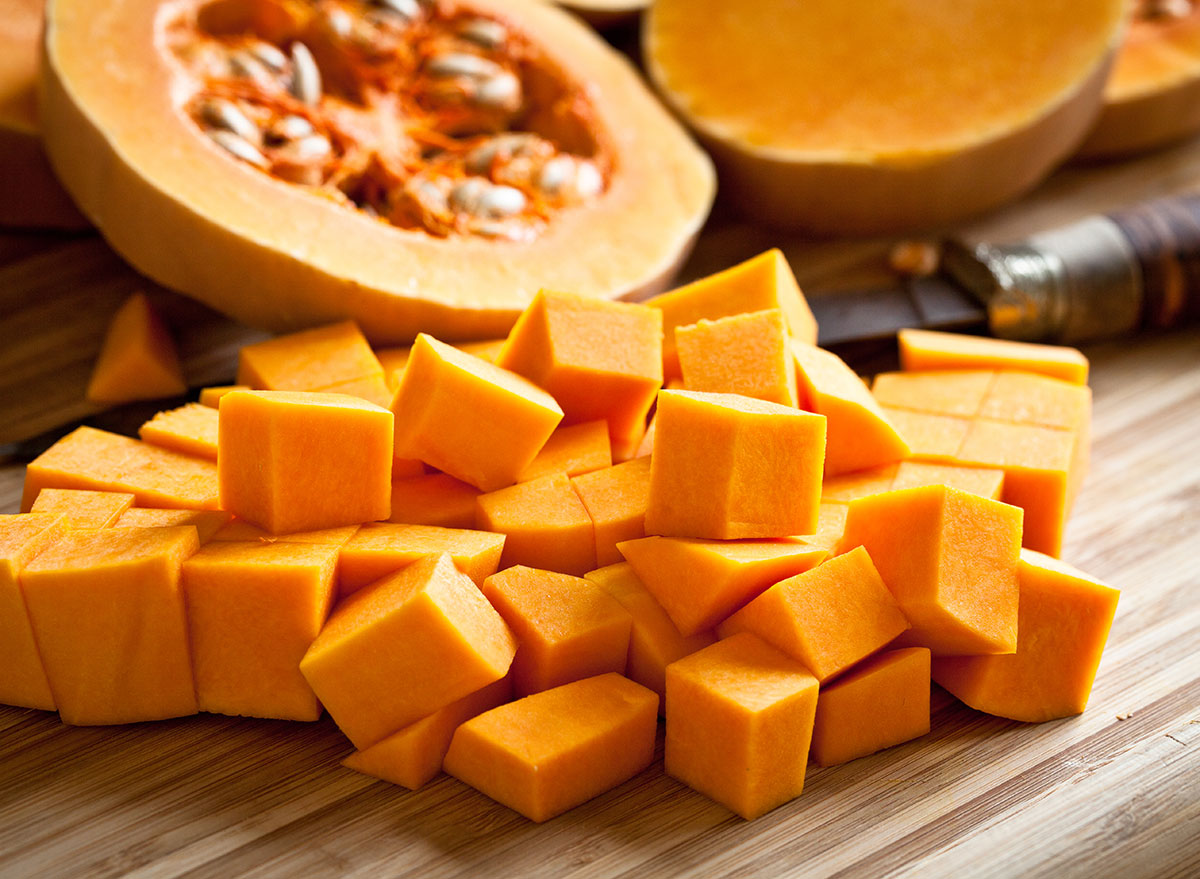
One of our favorite fall flavors takes on an even richer flavor when baked into breads, pies, and soups, and it may be better for you, too. While you likely wouldn’t want to eat it raw anyway, cooked pumpkin—and its winter squash relatives, like acorn, delicata, and butternut—has high levels of vitamins A and E, according to Ware.
If you’re looking to lose weight this year, we’ve got 22 Meals to Melt Belly Fat in 2022.

